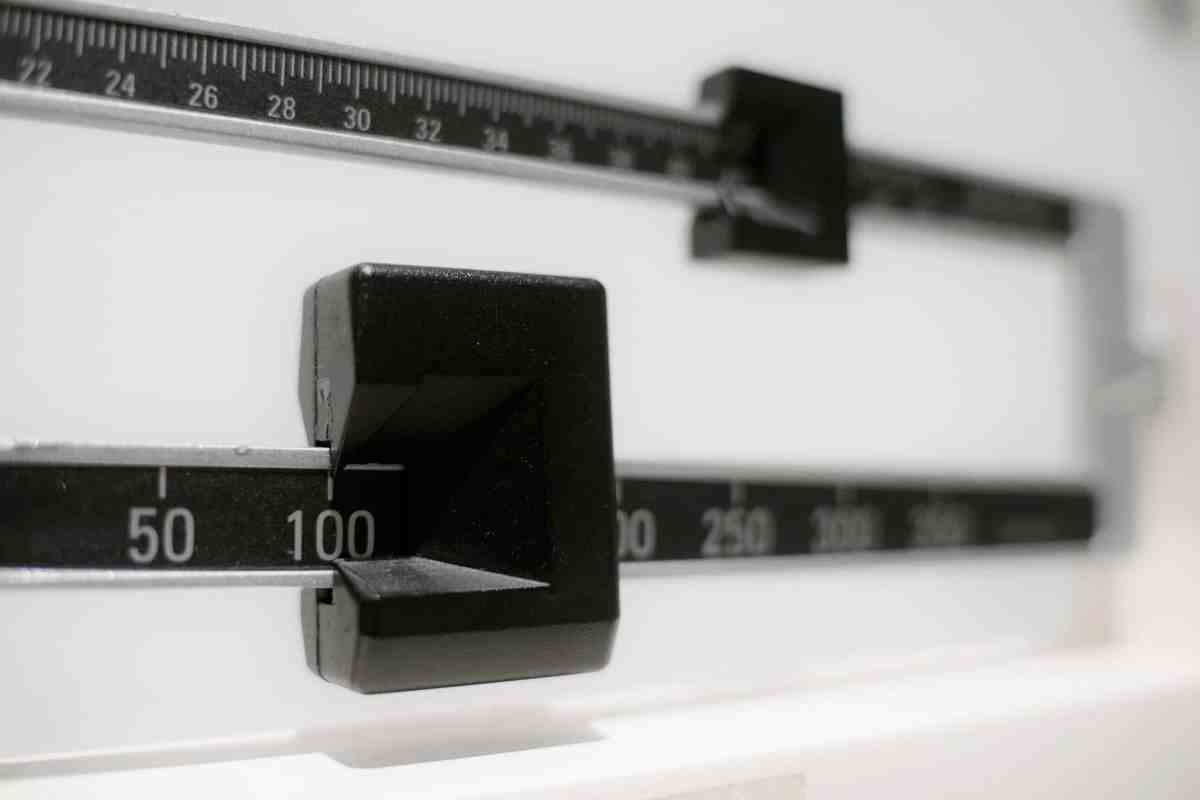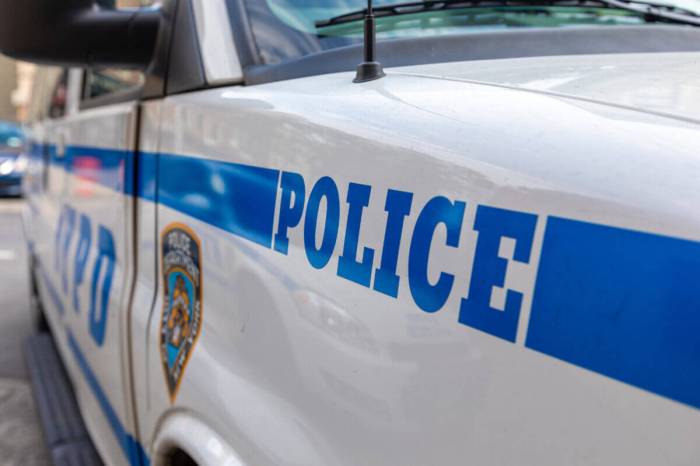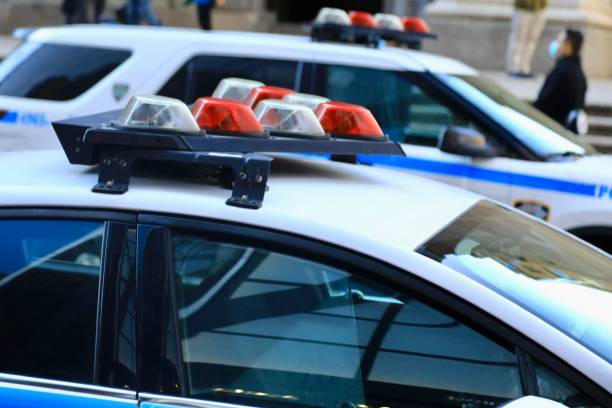The decision came as a result of the Metropolitan Transportation Authority Bridges and Tunnels regular inspection that has determined that the bridges roadway deck has come to the end of its service life. The inspection also indicated that the bridge has become dangerously heavy for its current supporting cables, mainly as a result of four previous renovation projects. Designed similarly to the ill-fated Tacoma Narrows Bridge in Washington, which succumbed to high winds and collapsed into the Puget Sound in 1940, Whitestone was considered at risk because of its narrower-than-usual roadway bed.
Two of the renovations conducted on the Whitestone were, in fact, a reaction to the Tacoma Narrows disaster. In 1940, diagonal stays and brakes were installed at the towers to reduce motion. In 1946, the roadways were widened to their current six-lane configuration, and stiffening trusses were added along both sides of the bridge to further reduce motion in the wind.
Another two projects took place in 1954, when the top three-quarters of an inch of concrete was removed off the top of the roadway and replaced with over an inch of asphalt; and in 1987, when a mass-tuned damper was installed to reduce bridge motion under strong wind conditions.
All these additions made the bridge excessively heavy, which increased the wear-and-tear ratio on the supporting cables. The inspection also revealed a number of breaks in the wires comprising each cable. Each cable is regularly unwrapped for inspection and oiling and then re-wrapped to keep out moisture and corrosion.
The first rehabilitation project of the 21st century will appropriately utilize some technologies and materials that were unavailable during the last work on the bridge, even though it took place only 14 years ago. The steel stabilizing trusses will be replaced with much lighter but just as sturdy fiberglass trusses. The flat, heavy combination of cross beams and concrete deck that make up the roadway bed will be replaced with a plate of specially designed steel ribs, further reducing the bridges bulk. Finally, the roadway surface will be stripped of its two inches of asphalt and covered with a half-an-inch of epoxy, a springy, lightweight and highly durable material that provides an even smoother ride than the good ol asphalt.
All the scheduled renovations will lighten the load on the bridge, widen the traffic lanes, reduce vibration and, most importantly, extend the service of the suspension cables by more than 20 years. The project will buy more time for city engineers and developers to come up with the efficient way to replace the bridges gradually fraying support cables without shutting down the traffic.
Whitestone is the main artery connecting northeast Queens with the Bronx. According to the MTA B&T estimates, over 75,300 vehicles cross the bridge in both directions on an average day. If it shut down to traffic, commuters would be forced to go about 30 blocks east to use the Throgs Neck Bridge, or treck west across half the borough to use the Triboro Bridge. Two bus routes to the Bronx would have to be shut down as well, turning the Queens commute into even more of a hell than it is already.
The planners at the MTA appear to have taken this under consideration while coming up with traffic alternatives for the duration of construction. Two possibilities were suggested. One, a four-year project, would close one lane of the bridge in both directions around-the-clock, maintaining three lanes in the peak direction and two lanes in the off-peak direction using a movable barrier. Another alternative, which would extend the project by two years, would have all work performed at night, with all lanes reopening by 6 a.m.
One way or another, some people will be inconvenienced. Traffic congestion at all three borough bridges will increase significantly. However, the major disaster that would have resulted from closing the bridge altogether will be avoided.
Dierdre Parker, a spokesperson for the New York City Transit, said no changes in the schedules or number of buses crossing the Whitestone – the Q44 and x32 routes – are planned.
"Nothing is set in stone, but right now, there are no plans [to adjust the bus routes]," Parker told The Queens Courier.
Motorists faced with the question of how the bridge rehabilitation would influence them did not appear overly concerned. Some of them were downright philosophical.
"You drive in New York, you expect to hit some parking lot spots," said Roman Rozenfeld, a limo operator with DialCar in Brooklyn. "What am I going to do, cry about it? Its my job, and no job is without its hazards."
Such patience, although not universal, should pay off with interest once the improved Whitestone Bridge opens all of its lanes in either early 2006 or early 2008.































